I know I dont post as much as I should. Not lazy, just frantic busy.
I’m gonna talk here about two favourite things – food and archaeology.
Irish archaeology during late prehistory is a pretty cool thing. The idea of the ‘invisible people’ ( okay, okay, that phrase has been battered round the head on articles about the Irish Iron Age so many times, may as well give it another wee rattle!) is that they weren’t really hiding – more, standing in the shadow of a hedge and earthen fortification because they can sell you something pretty exotic from the Roman Empire, if you’ve got the right thing to trade. Ireland during the Roman period is a pretty interesting place where cultures, designs, ideas and technology all come colliding together, somewhere between Mos Eisley and your favourite farmers/craft market.

The lovely squiggly wigglies which unfortunate souls out there think make the Irish all the O’Thranduils, wise in the ways of forest lore and magic, and with suspiciously pointed ears are actually the result of a multitude of designs from all over Europe, spanning several hundred years, being messed about by local artisans to create very much their own look. A bit more Hyacinth Bucket wanting what she imagines the fancy folks have. And cultural mash-ups of course tell us heaps about the people making them, as well as reassuring us that identity is a bit of a mad wild thing to try and define at any time!

So, let me tell you a modern story of cultural change and you can apply it to archaeology. It’s pretty much Tolkein- free and wont place a strain on the National Elf Service (sorry not sorry). What it will do is show how things adapt and change in response to new people and ideas.
The story starts (as I suspect such stories always have) on a wet and soggy night in Glencolumcille in Donegal, and cider and archaeology were indeed involved. My daughter and her colleagues needed food and they tramped across bogs to reach a Chinese carry-out. Her colleagues from the south side of this island were buying spice bags, and she followed suit, and on her (eventual) return home waxed lyrical about what a spice bag actually was. Roast chicken or battered chicken, sliced fried garlic, onion, peppers and chips , tossed in a heady blend of Chinese five spice, topped with mayonnaise. Please feel free to add chip shop curry if you like, it’s perfectly acceptable, especially in Roscommon.

Turns out the ubiquitous Dunnes Stores here sell a DIY spice kit, just add veggies and chicken if you like meat.
https://www.boynevalley.com/products/mcdonnells-spice-bag-mix/
Now friends from the southern part of Ireland were gleeful we had discovered a very recent Irish delicacy, and I brought a buckload of the spice kits over to my bloke, who works in Edinburgh, throwing them on his kitchenette table, pointing and staring accusingly at him like Kathleen Ni Houlihan, that he had been too long amidst the Sassenach, that he’d never told me about the spice bag. Truth is, it had kicked off long after he had left for the shores of Caledonia so it was even news to him.
Legend says it was born in 2010 of boredom and experimentation in a Chinese carry out in south Dublin, Tullaghogue, where the proprietors made something they wanted for supper themselves, and then others wanted it. So it grew.
It changed form a fair few times, to the point where some would whisper there are in fact regional variations. But that’s a Masters in GIS for someone in the future…
Meanwhile, my bloke , ensconced in legal academia, was making his version of spice bag in the leafy heights of Edinburgh, but because he’s not a great one for chips, he makes it with potato wedges, so anyone from Scotland tasting the concoction for the first time with him cooking it would presumably think that’s the way to do it – in fact, that’s just him. But another variation on a theme.
Apart from making you hungry now for suppertime, here’s the point illustrated: new people have arrived gradually to this island over the 20th century and became welcomed, equal citizens. They’ve brought their cuisine, ideas and technologies with them, cooking only being one technology which this looks at. The ideas change and merge and get gooey over time, taking on the shapes of others on the island. This is a dish made in a Dublin Chinese carry-out, and is a meal which has become very representative of modern east coast Ireland, and has been adapted/adopted across the island.
It’s likely as good a parallel for what’s happening in material culture during the Irish Late Iron Age as you’ll ever get. People then were arriving gradually , bringing their ways of doing and making things, and being pretty good at it too, but presumably adjusting to what they could actually grow and make in a soggy landscape, as well as interacting with other people whose ancestors had settled here too, maybe at an earlier time, and learning from all their ideas as well. It’s not just cooking that this affects – all material culture goes in the cauldron to bubble up new things.
‘Sure, we liked the stuff they were making in Pannonia, when yer man Decius Albus brought his kit over to trade, but I wanted something a bit more…. swirly. With the thingies thon Romans have too; like, if they come over here, they’ll see we’re like them, not some much savages. And some of yon oul burds my da had on his granda’s sword scabbard- they’re supposed to be good luck and all!’
‘What if we put them all on the mould and it’ll look grand, so?’
And that’s how cultures go. It all goes into the cauldron, or wok, or crucible – whatever, and comes out new and rejuvenated and like language, keeps changing. Is it any wonder the Dagda, great lord of hospitality in Irish myth, had a magic cauldron, where all the ingredients go in and can taste like whatever you fancy?

Or that the Gundestrup cauldron shows rejuvenation and change of the dead, after they come out of the big soup pot a giant deity is dipping them in.
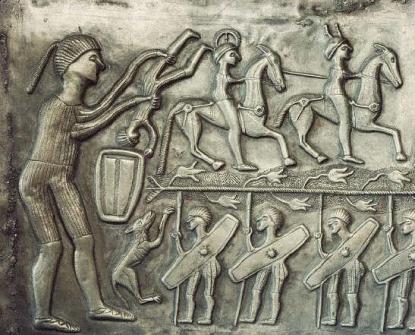
Food and cuisine are not things which stick around, although changes of ingredients, with pollens, seeds, lipidic remains on pots can be seen in the archaeological record, and it makes work done by the likes of Early Medieval food folks in UCD and also in UCC, so much more the valuable. Material culture says one thing, but if it’s backed up with new ingredients of food found, even better! There’ll be one stage where we may well see a fusion of ideas appear clearly in some food vessel, or midden, the equivalent of the spice bag for whatever era of prehistory. And we will smile, knowing that time may move, but people remain pretty similar in outlook about the necessities of life, still standing in the kitchen or the workshop and asking, ‘ what if I did this, how would it turn out’?



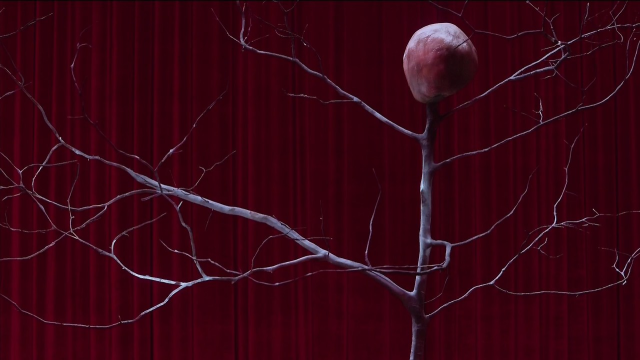



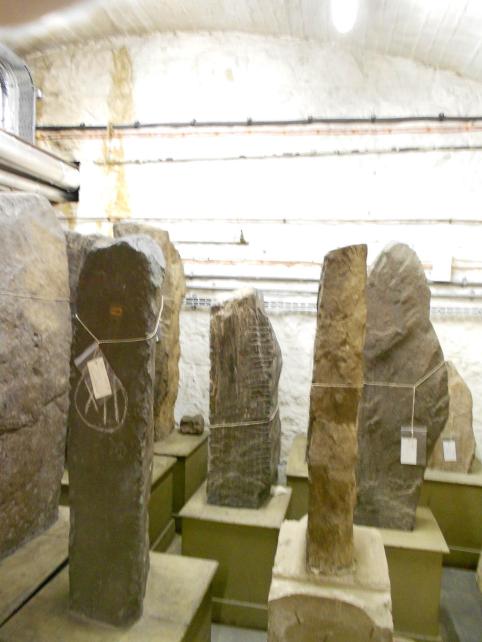

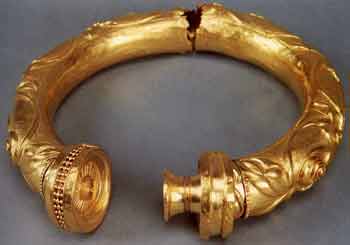




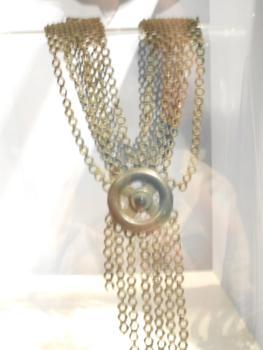
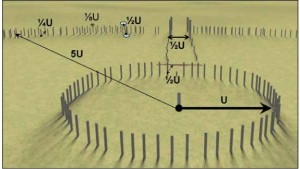
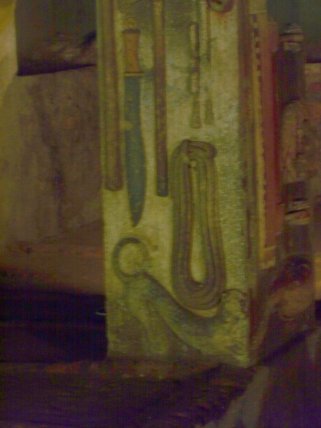
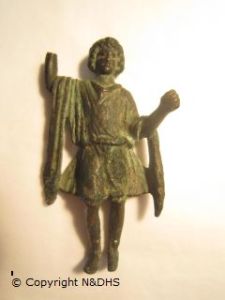
 People forgot what objects do when technology gets rolling, and then make stuff up about them, reinventing a story the way they want it to be for their time, their place, or their socio-political agenda. Swords only gain mythos with such veneers of false memory; a sword has A
People forgot what objects do when technology gets rolling, and then make stuff up about them, reinventing a story the way they want it to be for their time, their place, or their socio-political agenda. Swords only gain mythos with such veneers of false memory; a sword has A 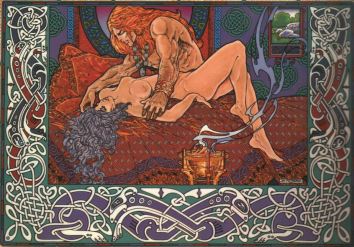
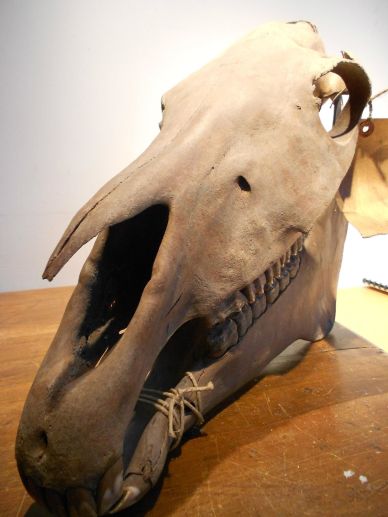 table and sings them back into muscle and heartbeat and breath until they jump up from the sandy floor and run off into the desert again. Now, metaphorically that’s pretty much what archaeologists do to some extent. Let me tell you, it’s a strange thing when working with bits and Y-pieces, being able to actually feel how those animals behaved when riding out 2000 years ago. Feeling the use on the bits, you’ll know who leaned on the bit too much, who was a nice forward ride. Don’t ever let anyone tell you memory is an abstract thing and intangible. It’s real, for those who choose to look at it. Because what we use, especially the things we use over and over again, display so much about us.
table and sings them back into muscle and heartbeat and breath until they jump up from the sandy floor and run off into the desert again. Now, metaphorically that’s pretty much what archaeologists do to some extent. Let me tell you, it’s a strange thing when working with bits and Y-pieces, being able to actually feel how those animals behaved when riding out 2000 years ago. Feeling the use on the bits, you’ll know who leaned on the bit too much, who was a nice forward ride. Don’t ever let anyone tell you memory is an abstract thing and intangible. It’s real, for those who choose to look at it. Because what we use, especially the things we use over and over again, display so much about us.